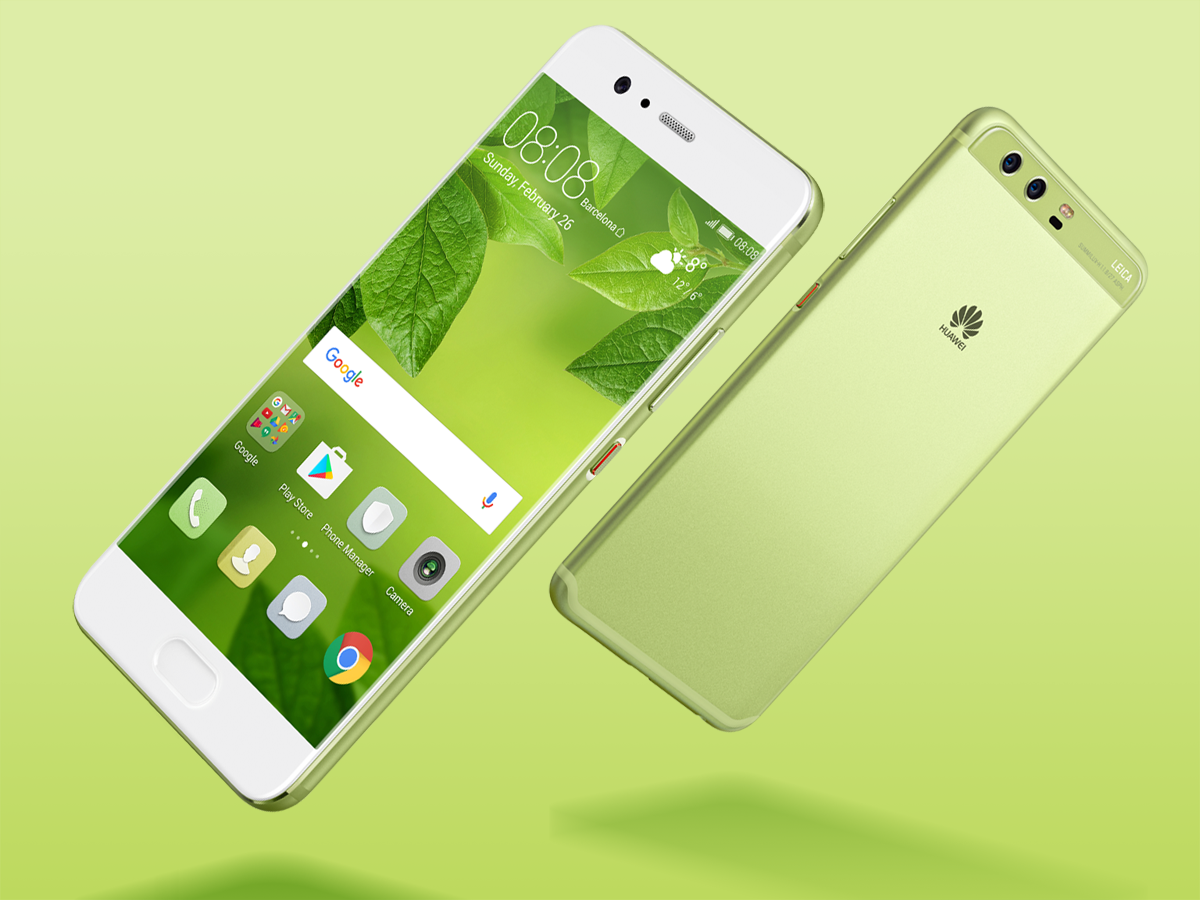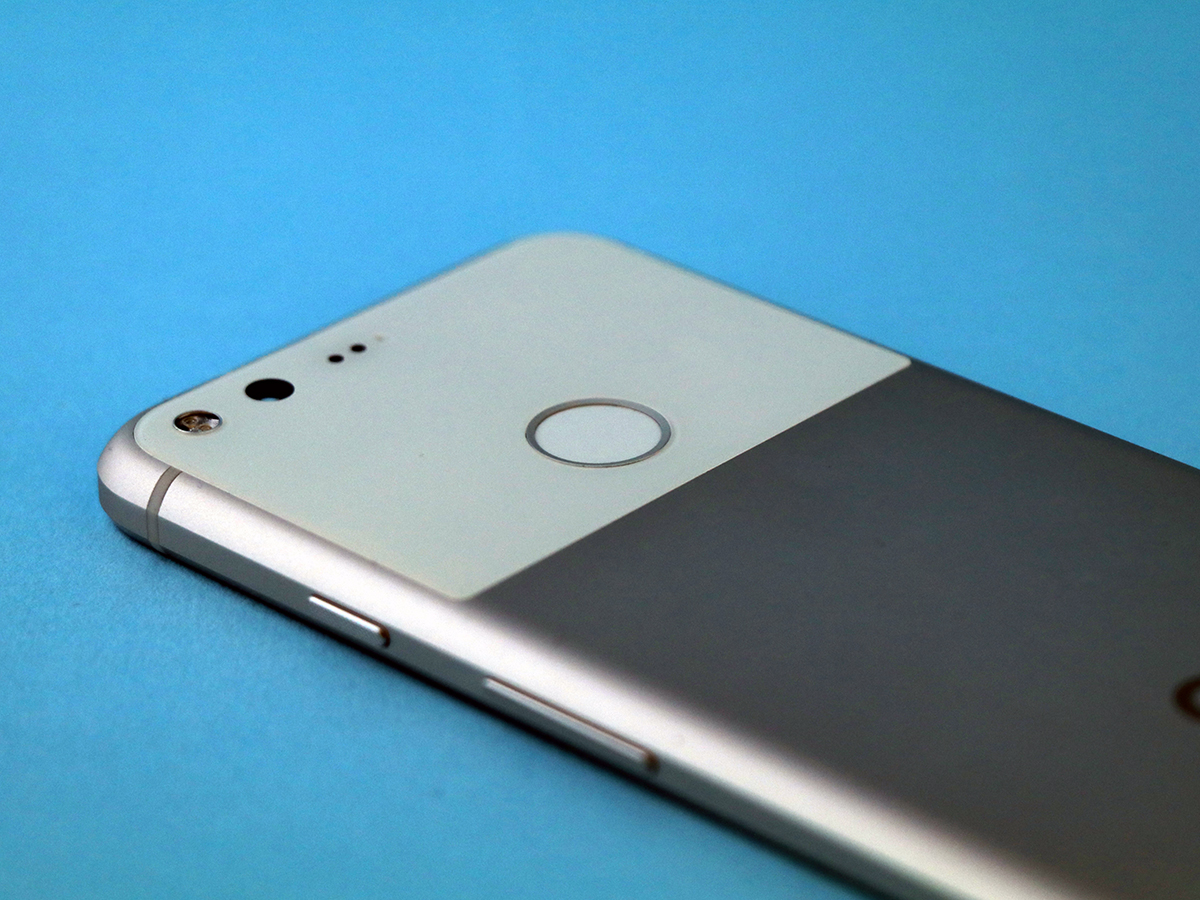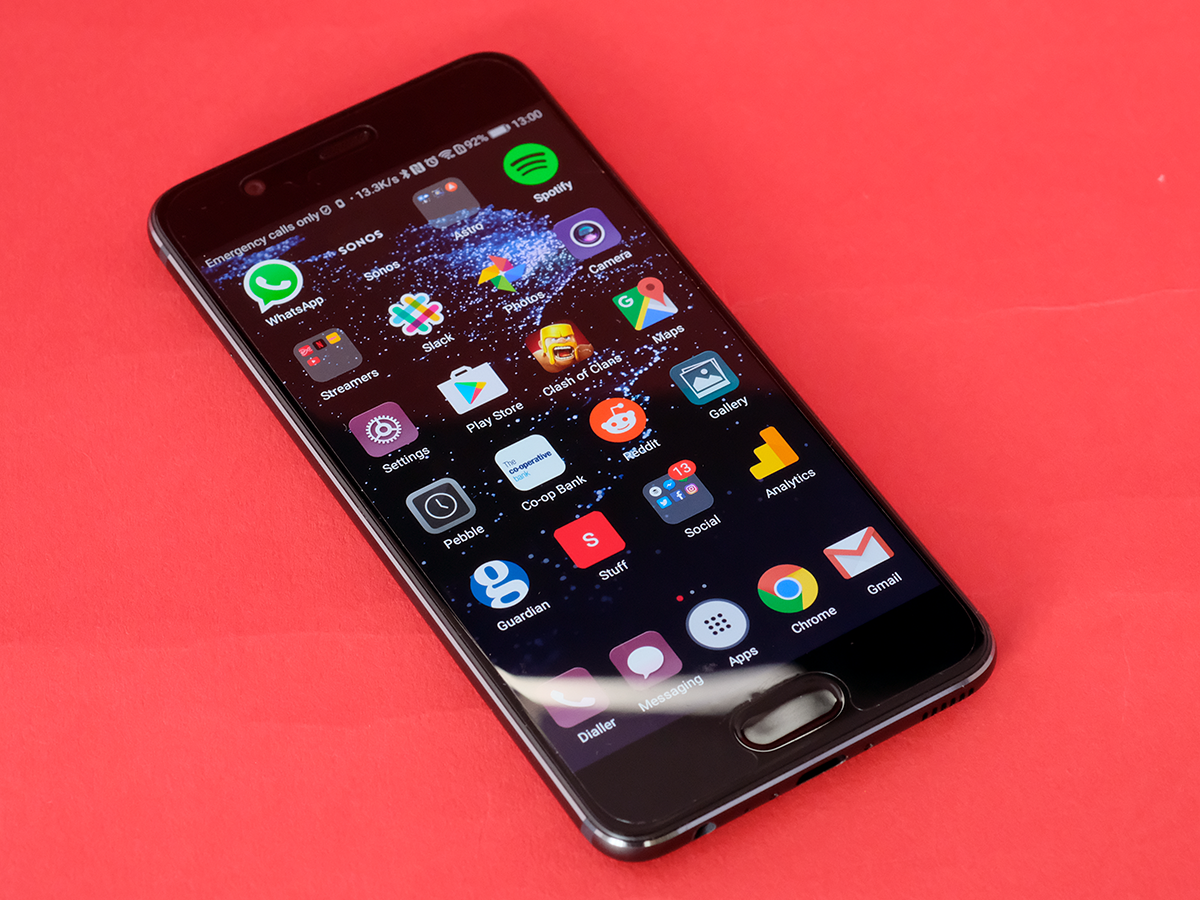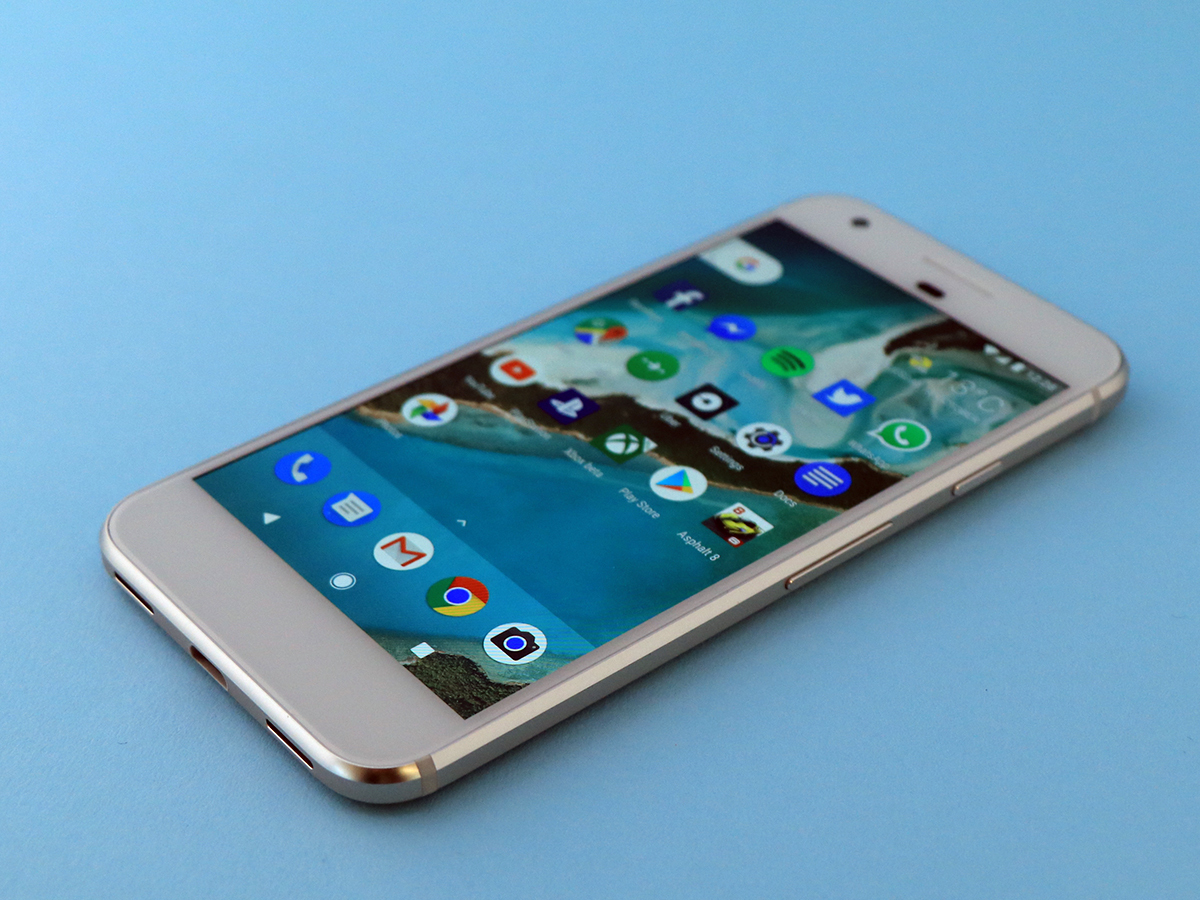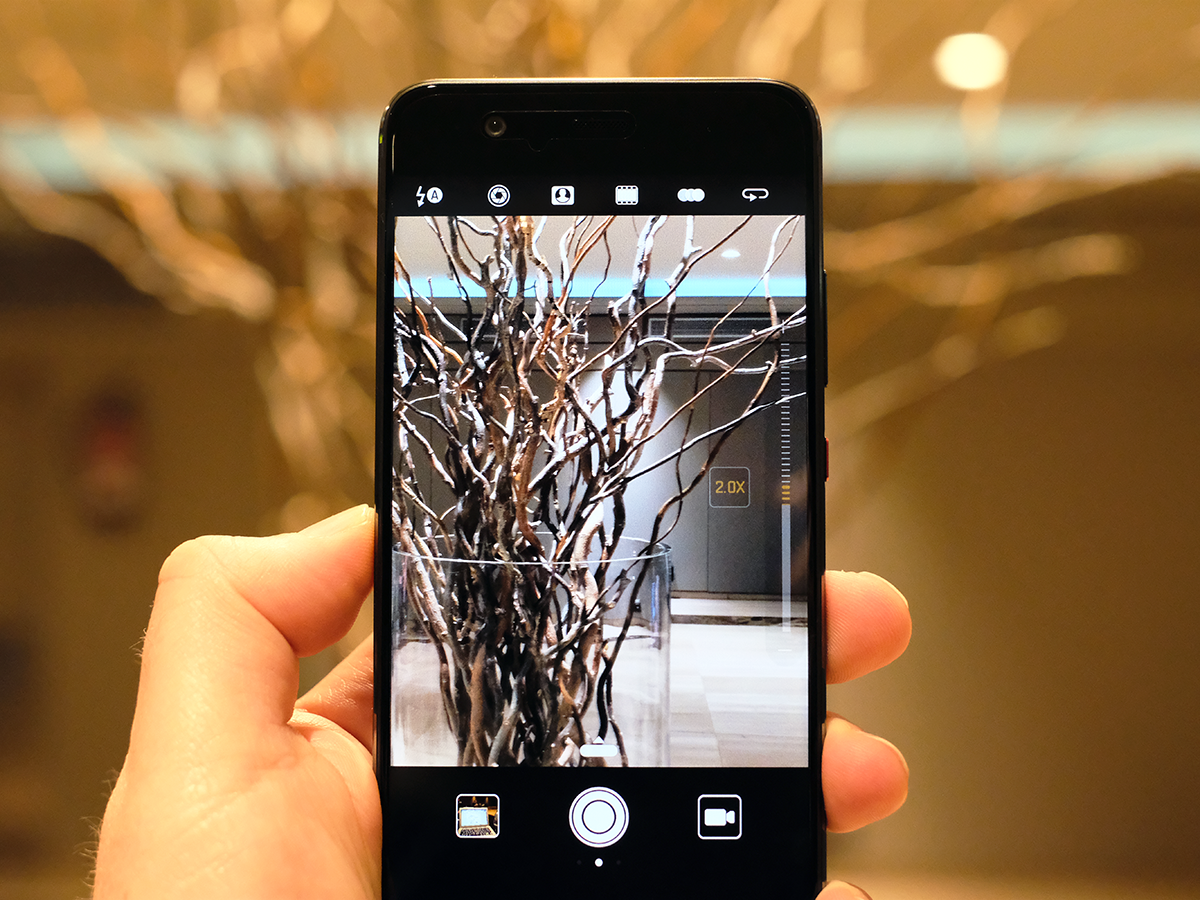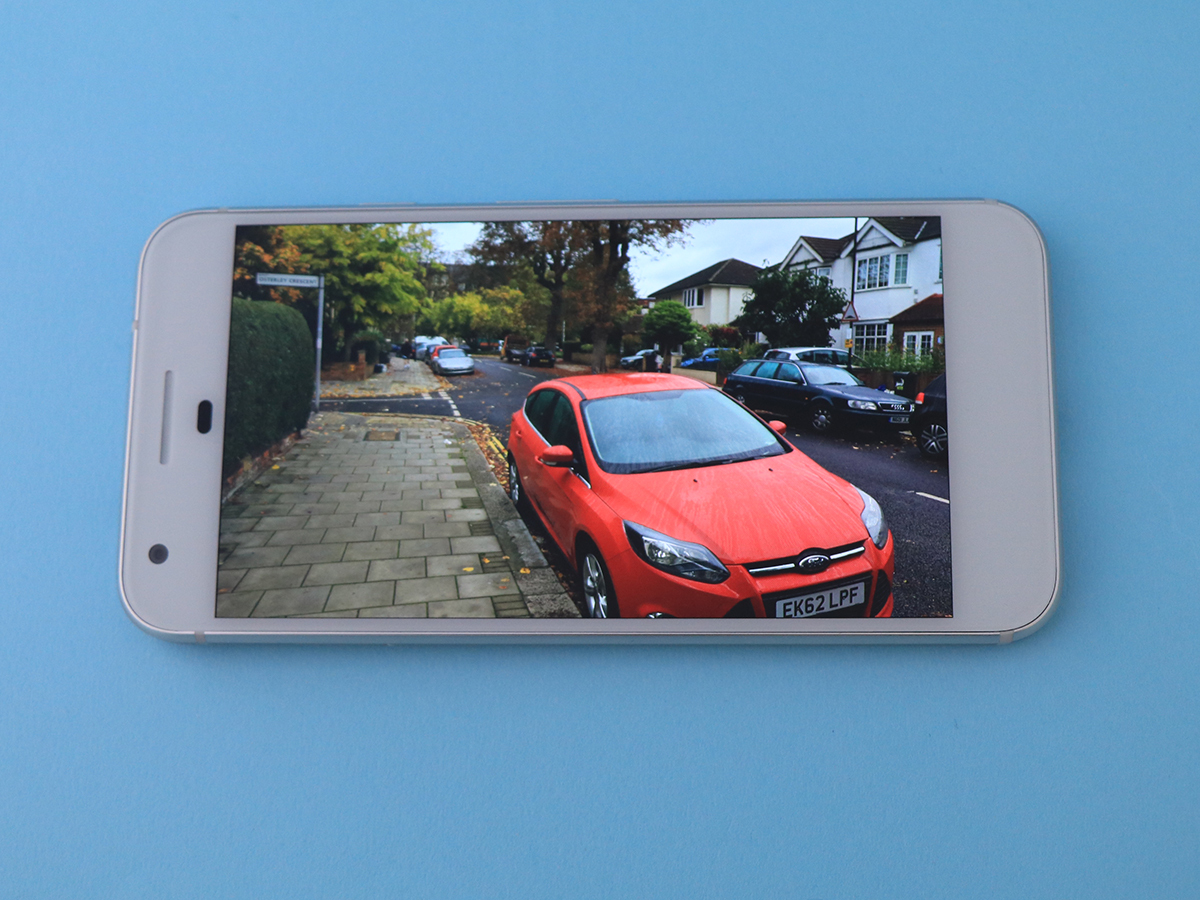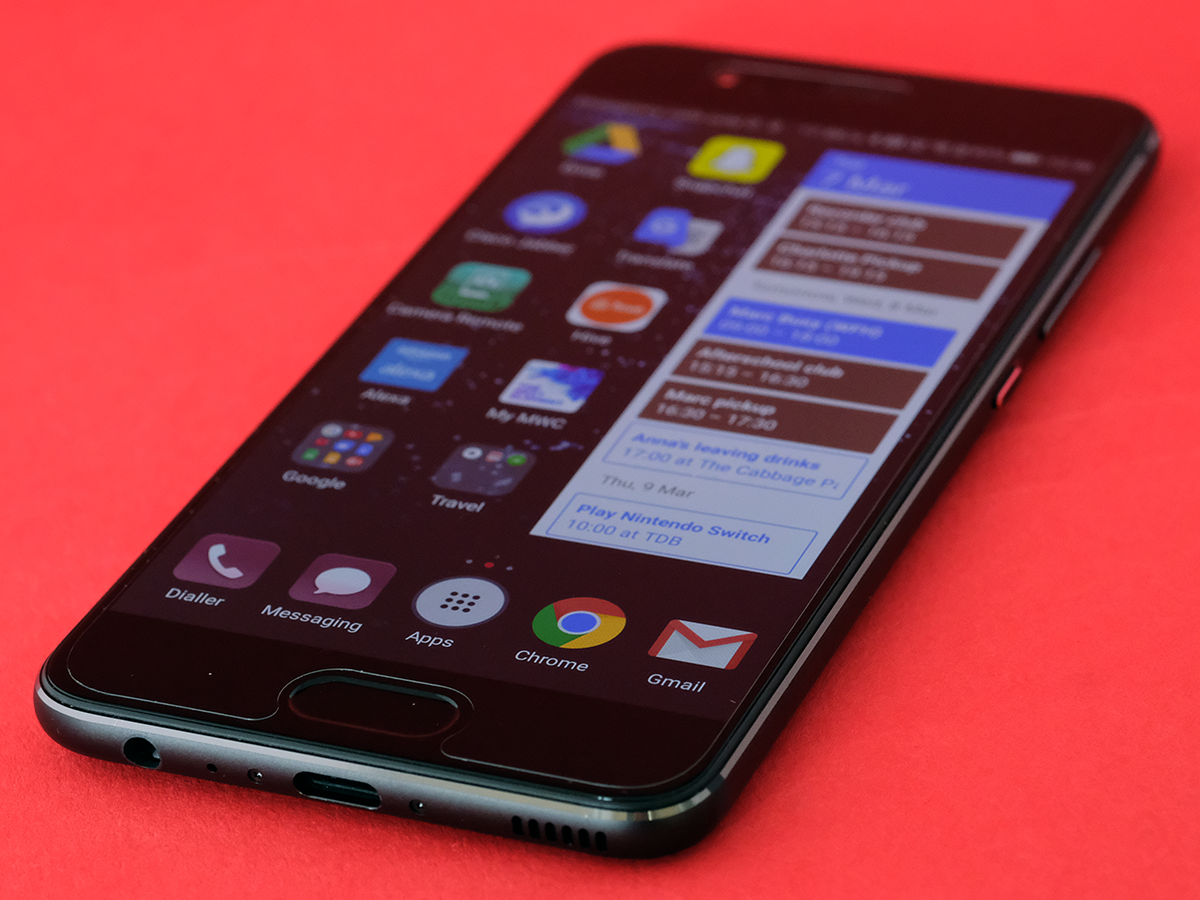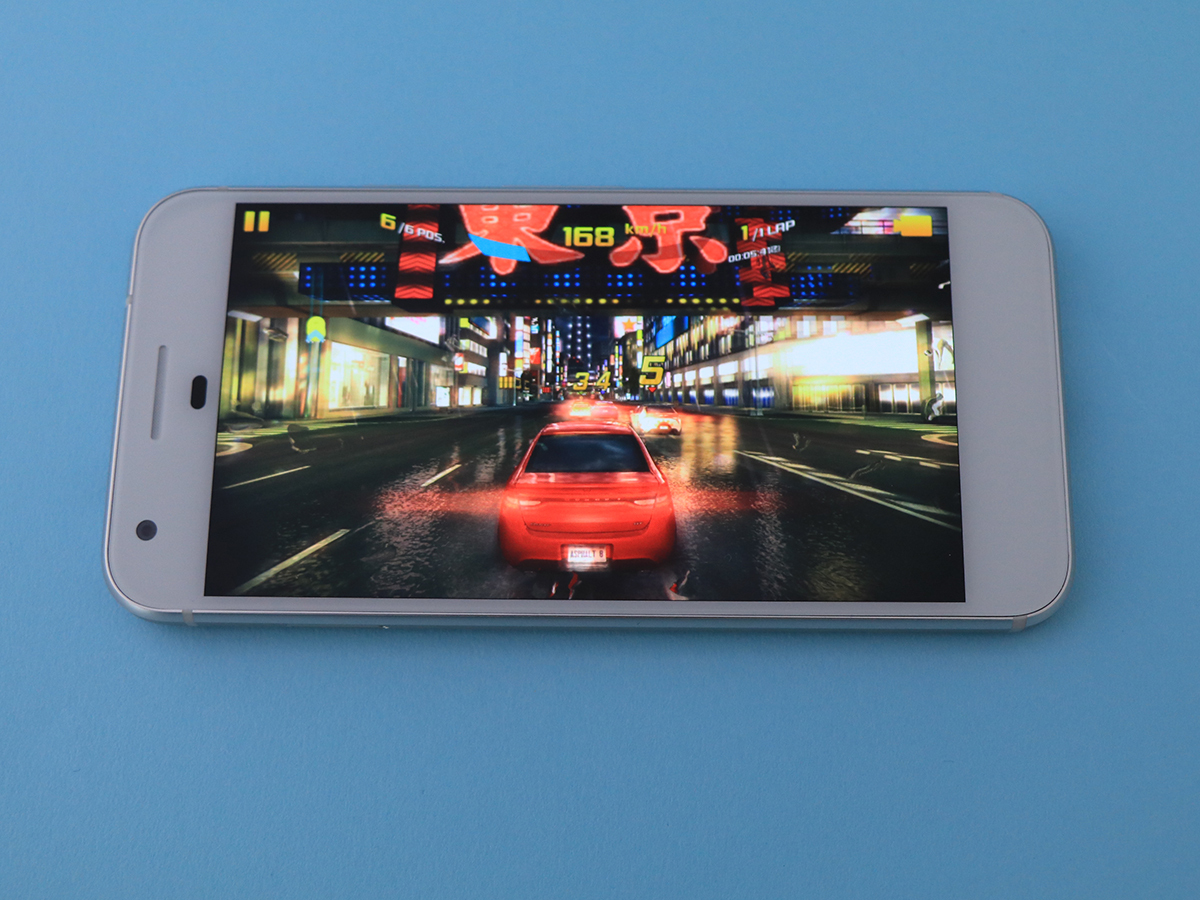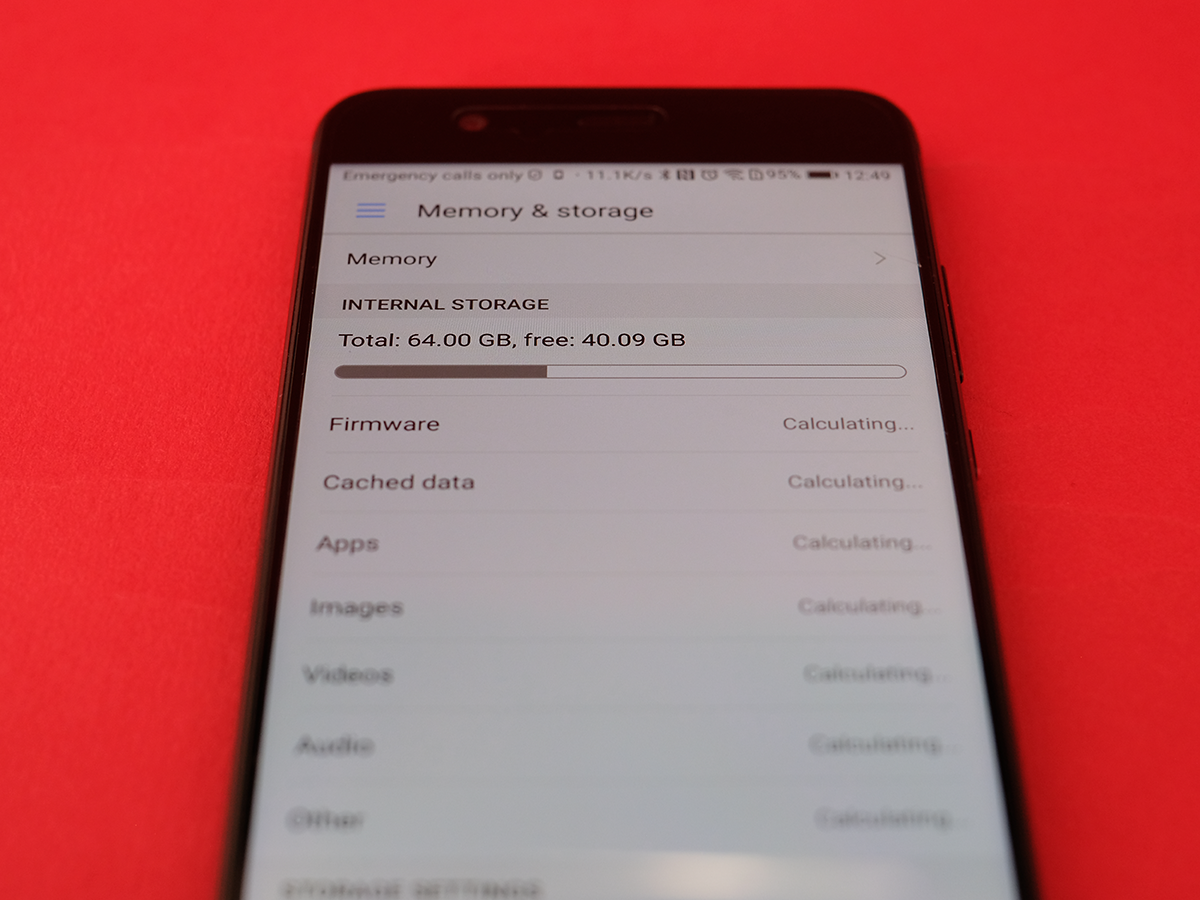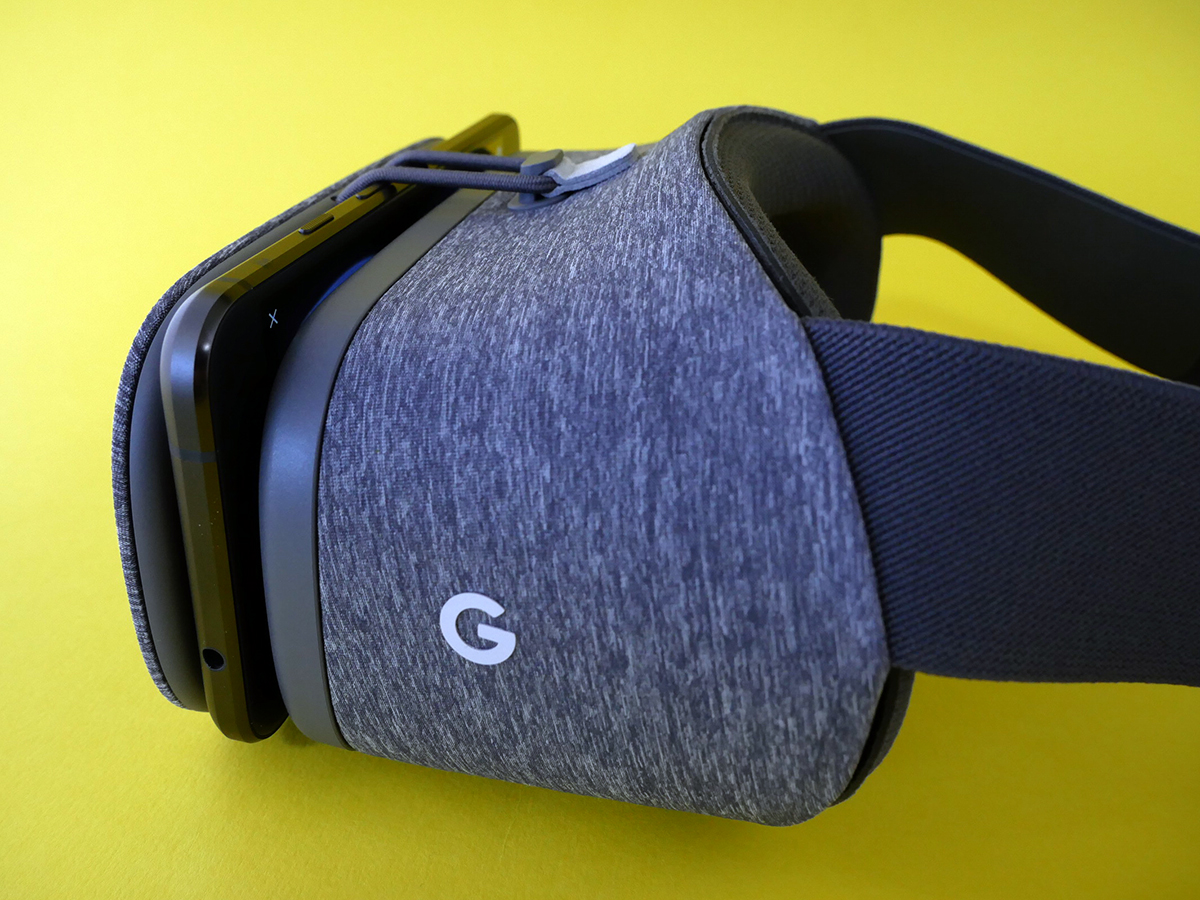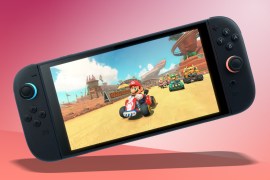Huawei P10 vs Google Pixel
Two iPhone-esque Androids enter the arena, but only one can win
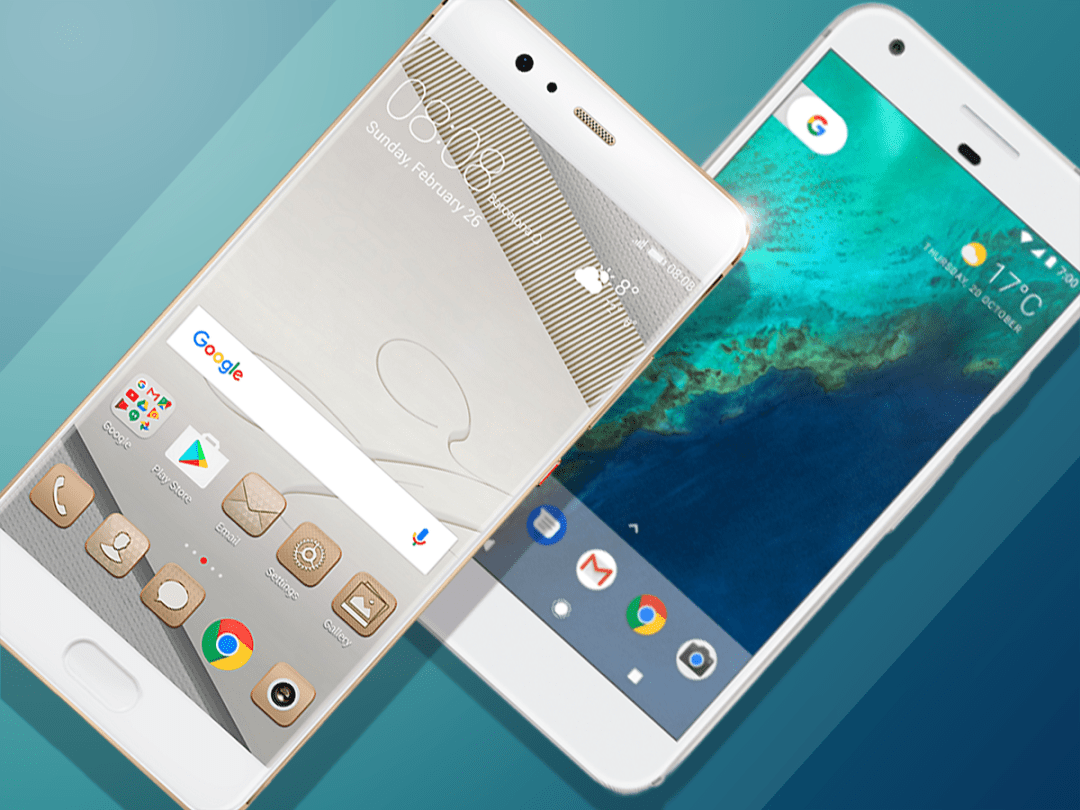
We’ve seen the iPhone’s strong influence across Androids over the years, whether it’s with hardware or software, and that’s definitely still true today with both the Google Pixel and Huawei P10.
Released last autumn, the Pixel was Google’s first “in-house” smartphone – and a clear shot at trying to mimic its biggest rival not only in hardware design, but also in providing a more harmonious vision of hardware and software as one. It doesn’t hurt that the Pixel also has one of the absolute best cameras around.
Meanwhile, the P10 builds upon last year’s P9 and likewise does an uncanny iPhone impression at a glance. However, this Android bests Apple’s handset in a lot of ways, and holds up well in many regards compared to top-tier Android competition, whether it’s with processing power or camera capabilities.
Both of these pricey Android flagships seem like a chip off the ol’ Apple, but each handset offers compelling reasons to savour the best of both mobile worlds. Trying to decide between the Pixel and P10? Here’s how they stack up, now that we’ve put both through our review gauntlet.
Design: Both iPhone-like
The Pixel and Huawei P10 each offer unique tweaks and flourishes, yet as mentioned before – and as is pretty obvious at a glance – they both feel like homages to Apple’s current handset build, seen on the iPhone 7 and iPhone 7 Plus.
It’s a sleek and minimal approach to phone design, with a simplistic front, rounded edges, and a metal backing – for the most part. The Pixel puts its fingerprint sensor on the upper back rather than below the screen, and also tosses on a glass panel, which is distinctive but ultimately didn’t impress us. We felt like the Pixel gave an inferior impression, overall.
Contrast that the Huawei P10, which looks and feels as premium as the iPhone while delivering some truly tasty colours. Some of the colour options come straight from Apple’s playbook, while the Pantone-inspired Greenery and Dazzling Blue are remarkable, non-traditional flagship hues. We love ’em, and that helps the P10 secure this category.
And since neither phone has the kind of water resistance you’ll see on the LG G6, Samsung Galaxy S7, or iPhone 7 – which really should be standard on a flagship now – that little detail won’t sway our decision either way.
Winner: Huawei P10
Screen: Little difference
There’s little need to argue about the screens on these handsets: they’re both 1080p panels, with the Pixel’s coming in at 5.0in and the P10’s just a hair larger at 5.1in. Given the size similarity, there’s no noticeable difference in clarity and crispness, and both are really bright, colourful panels.
The Pixel’s OLED panel might have deeper blacks and richer contrast, but the P10’s LCD screen has much brighter whites. Basically, pick your poison.
Given the phone’s size, 1080p is fine and dandy – but it must be said that many Android flagships in the same price ballpark, like the LG G6, Samsung Galaxy S7, and HTC 10, offer higher-resolution Quad HD (2K) screens instead. But if you gotta go Quad, the larger Pixel XL and P10 Plus (both with 5.5in screens) also hit that resolution.
Winner: Draw
Camera: A tiny advantage
When the Pixel debuted last autumn, Google touted it as a point-and-shoot hero, packing one of the best smartphone cameras on the market… and that claim panned out pretty well in testing.
The 12-megapixel main camera churns out sparkling snaps, with great shots from the HDR+ mode, excellent outdoors exposure, solid low-light results via the f/2.0 aperture, and sharp photos with the help of phase detection and laser autofocus. It also has brilliant electronic video stabilisation in its bag of tricks, shooting fabulous 4K footage with ease.
A few months later, the Huawei P10 delivers similarly strong results with its own main 12MP camera… and then does the Pixel one better with the other back camera, a 20MP monochromatic assistant of sorts. That allows for variable 1x-2x zooming and dazzling black and white shots, plus it likewise has phase detection and laser autofocus in the mix.
The Pixel delivers faster shots, has the better low-light results, impresses with its auto HDR+ results, and dazzles with its stabilised video. On the other hand, the P10 has better zooming options, delivers great black-and-white images, and has a great portrait mode with blurred backdrops.
Both are excellent and among the best phone cameras out there right now, but in terms of everyday usage, we think the Pixel produces the more consistent winners and thus has the slightest of edges here.
Winner: Google Pixel
Performance: No slowpokes here
The Pixel packs Qualcomm’s current top-of-the-line processor, the Snapdragon 821, along with 4GB RAM, while the P10 has Huawei’s own Kirin 960 chip with its own 4GB RAM in play.
When it comes to benchmark testing, the Kirin 960 has been a bit of a monster, often coming out on top in various trials. Check out Android Authority’s extensive testing, for example, which has the Kirin besting the Snapdragon 821 in both Geekbench single-core and multi-core tests – especially the latter. On the other hand, the Snapdragon leads in the overall AnTuTu test, so it’s not a landslide for the Kirin.
Ultimately, benchmarks aren’t necessarily reflective of real-life usage. Truth be told, both of these phones are blazing fast and among the best handsets you can buy today in that regard, and both can whip through apps, the operating system, and games without struggling.
The Pixel has the benefit of pure, unencumbered Android 7 Nougat, while the P10 puts Huawei’s EMUI skin on top of Nougat – but here, it doesn’t seem to bog down the action. Truly, you shouldn’t be disappointed with either phone when it comes to pure muscle.
Winner: Draw
Battery and perks: Expandability wins
Both the Google Pixel and Huawei P10 are solid all-day performers when it comes to battery life, although neither is likely to last long into day two unless you’re a light user. The Pixel has a 2,650mAh pack while the P10 goes up to 3,200mAh, but the battery life on the P10 seemed a bit underwhelming given the added tally.
Meanwhile, when it comes to storage, the Pixel starts at 32GB and offers a 128GB model for another £100. The P10 only offers 64GB on its standard unit, but has a big perk: microSD support for expandable storage. That means you can dump in a cheap memory card for a big boost of extra space, which the Pixel doesn’t allow at all.
The Pixel does have the benefit of the Daydream View VR headset and platform, which brings some neat app and game experiences, and that could be a big advantage for some users. We think microSD support is the better overall advantage, though, so the P10 takes this category.
Winner: Huawei P10
Verdict: Pixel’s punched
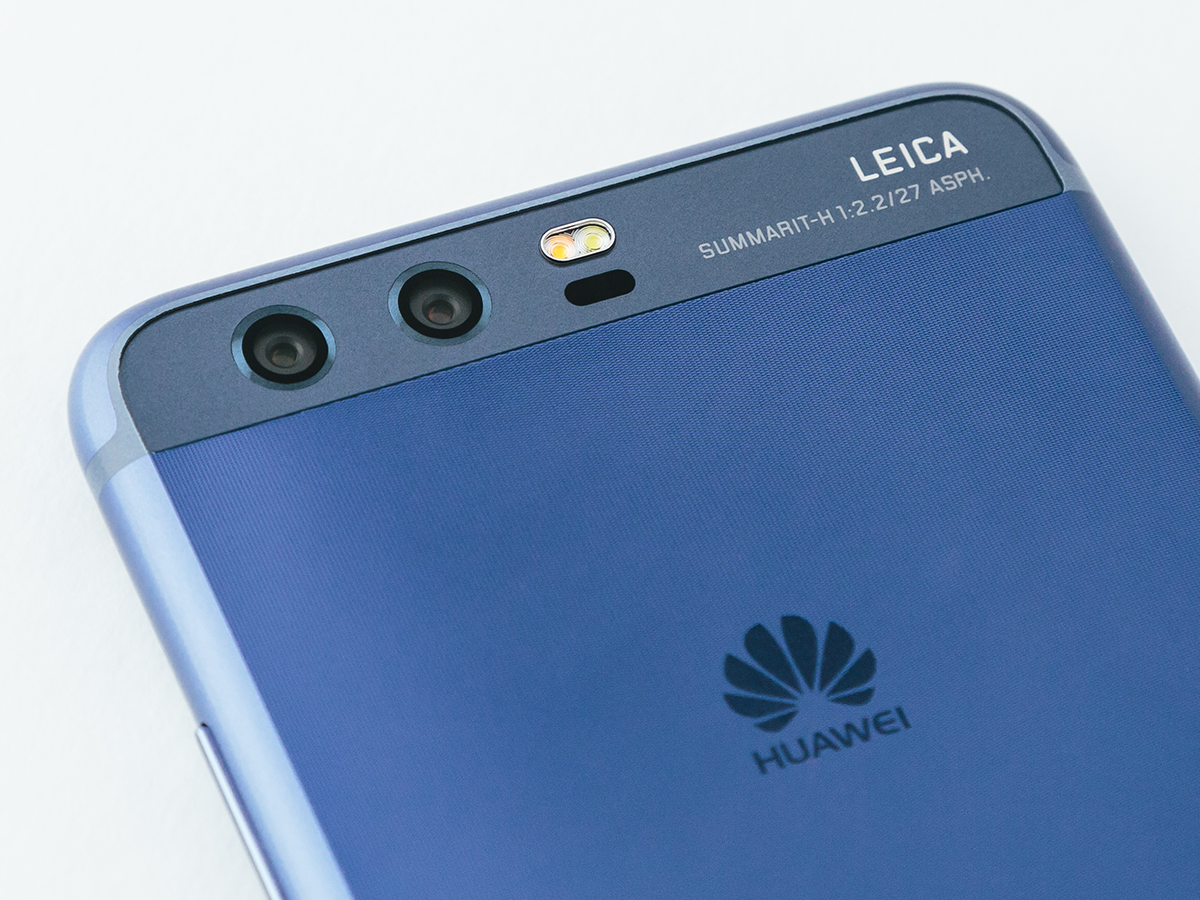
The Google Pixel and Huawei P10 both inhabit the same space in the Android ecosystem, as premium devices with £600 price tags, iPhone-esque designs, and specs and perks that don’t completely match the best of the best in this arena.
They’re remarkably similar in a lot of ways, yet the small differences set them apart. We’re more taken with the style of the Huawei P10, and also love the speed, the camera, and the microSD support. The Pixel’s style feels a little cut-rate by comparison, but it has the slightly better camera, plenty of power, and Daydream VR support – and stock Android Nougat, of course.
If you’ve narrowed your search down to these two devices, which should you get? For heavy on-the-go snappers and shooters who put the camera above all, we’d say the Pixel is the better bet thanks to its speedy shots and excellent video capabilities.
But in terms of the overall package, we’re just a bit more enticed and excited by the P10 at this point. However, a Pixel 2 can’t be too far off, and we’ll have to see how the P10 can fend off Google’s next attempt.
Winner: Huawei P10
